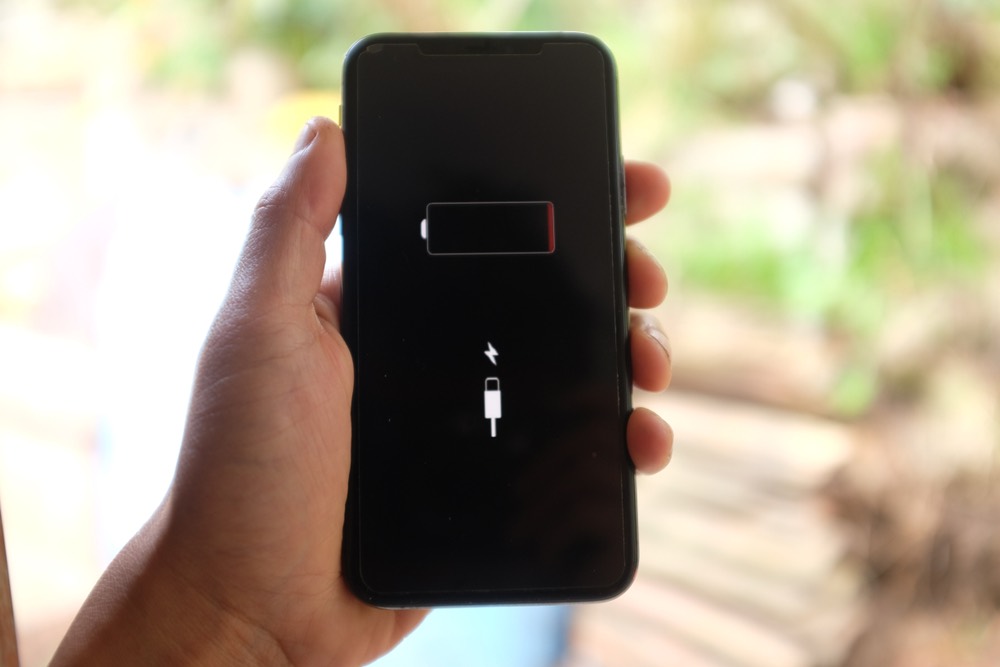You Should Let Your iPhone’s Battery Hit 0% Before Charging

This is a myth that, at least on paper, seems to make sense, right? After all, that would let you make the most of your battery.
Unfortunately, that couldn’t be further from the truth. This myth has some basis in reality as older generations of rechargeable batteries like nickel-cadmium suffered from a “memory effect” that would prevent them from taking a full-capacity charge if they weren’t drained to zero first.
However, lithium-ion batteries, which have been used in the iPhone since the very first model, use entirely different technology. There’s no reason to let your battery hit 0% before charging, and frequent full discharges can wear the battery down prematurely. The iPhone battery is rated for between 500 and 1,000 full discharge-and-recharge cycles, depending on the model.
It’s also harder on the battery to run it at lower power levels, which is why it’s recommended to charge your iPhone once its battery hits 20%. However, you don’t even need to worry about that — you can plug it in whenever you like. Unlike their predecessors, lithium-ion batteries are designed to prefer top-ups.
Nevertheless, to preserve your battery health, it’s best to charge your iPhone to only 80%, as we noted earlier. You won’t damage your battery by going to a full charge, but you’ll put more stress on it, so it’s best to avoid doing this too often if you plan to keep your iPhone for more than a couple of years.
